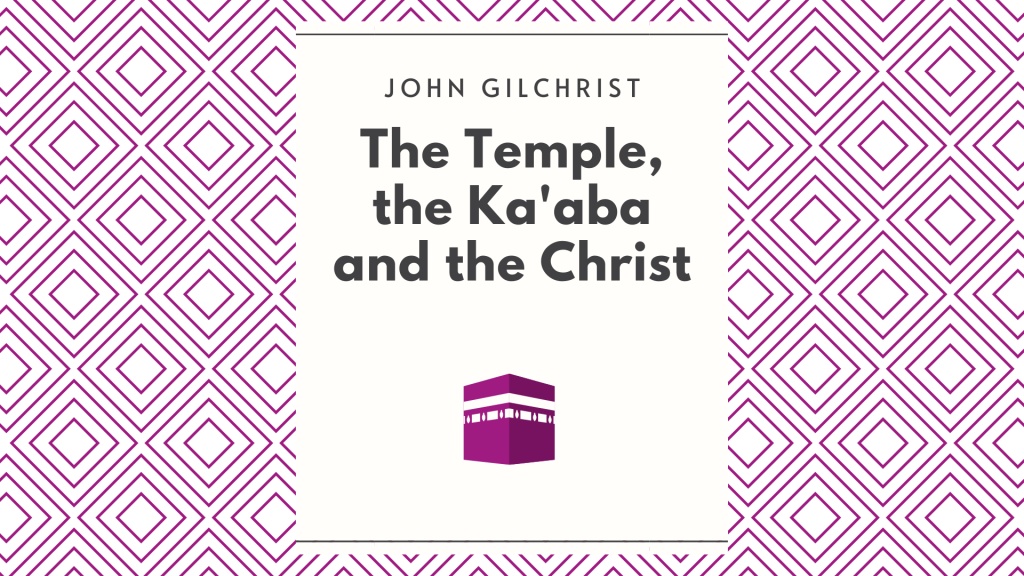The Temple, the Ka'aba, and the Christ


Chapters
There are three great monotheistic religions in the world, namely Judaism, Christianity and Islam. Each of these not only recognises the existence of one sovereign God who rules the universe but has sources and roots common to the other two. All three admit that human history began when God created Adam and Eve and continue to agree on the immediate course of this history after the creation.
The initial temptation and fall of Adam and Eve, the great flood of the time of Noah, and the calling of prophets such as Abraham, Isaac and Jacob, are admitted by all three religions. Nevertheless the distinctions between these three religions are far more significant than their points of agreement. Each one of these three claims to possess the ultimate revelation of God and while Christianity and Islam acknowledge divine influence in the monotheistic religions which preceded them, they both make exclusive claims to have superseded the earlier faiths and to be in this age the final revelation of God to man. At the same time Judaism and Christianity have conceded nothing to the religions which have followed them, holding firmly to their claims to be God's only true religion in the world.
One of these religions is indeed the true religion of God. All three may trace their religious histories to the same sources but, by virtue of the sharp divergences between them, they cannot all be true religions in this age. If there is indeed only one God, there can only be one true religion - one faith that alone can give men access to the presence, knowledge and favour of God. It is unthinkable that he could be the author of three religions which differ so radically in this age. In this booklet we intend to examine the focal points of these three religions and to compare then with one another to discover which religion really offers mankind access to God in this age. Judaism claims that Moses was its real founder but the focal point of the Jewish religion was not its prophet hut the Holy of Ho-lies - a shrine which contained a manifestation of the divine glory which was initially a portable edifice but which, from the time of Solomon, became a permanent structure and central feature in the Temple of the Jews. This Temple stood in Jerusalem until forty years after the ascension of Jesus Christ to heaven and is known in Islam as baitul-muqaddas (the "holy house"). It is spoken of in the Qur'an as al-masjid ("the Temple") in Quran 17.8.
In Islam it is another structure which is the focal point of identification for the Muslim with God, namely the Ka'aba (known in Islam as baitullah the "house of Allah"). All Muslims face this house when they pray and are obliged to make a proper pilgrimage to it at least once in their lifetimes if they can afford it. Like Moses, Muhammad is only considered to be a prophet and while his name will appear over a photograph or poster of his tomb in Medina, it is always the name of Allah that appears over the Ka'aba. Hence the Ka'aba has become for the Muslim world its source of identification with God.
For the Christian Jesus Christ himself is the focal point of the Christian faith and the meeting-place of God with man. Therefore the Christian has no "house of God" on earth to perform the function of identification with God but looks to Jesus in heaven to perform this office. Accordingly he has become the qiblah of the Christian Church and all prayers to God are therefore offered in his name.
We shall proceed to compare these three to discover which one really offers men access to God in heaven.